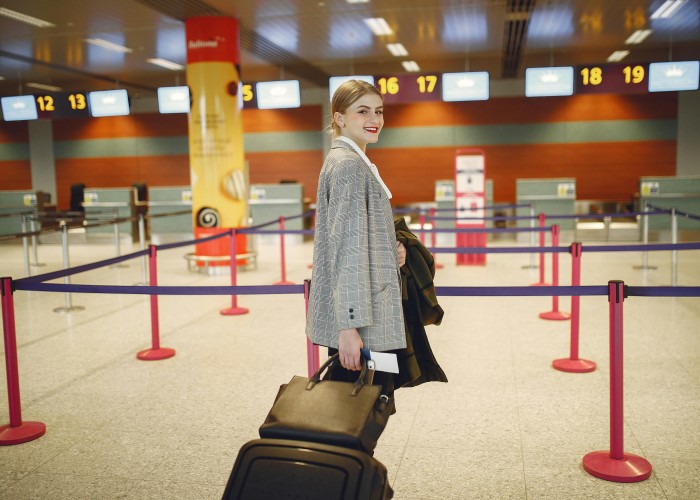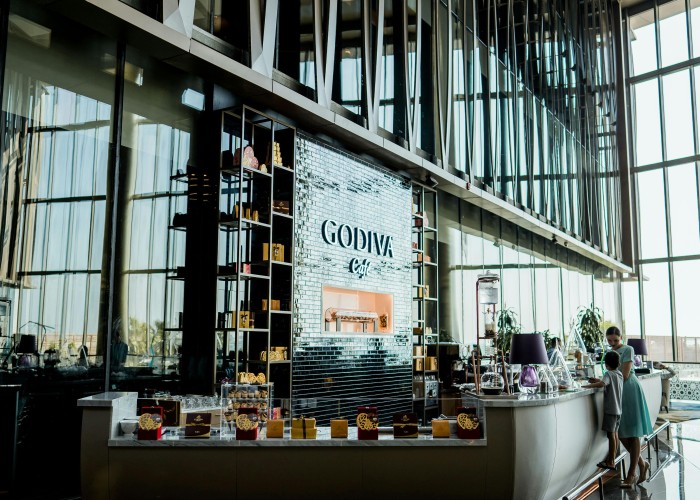If the classic Haute Route’s glacier crossings and high passes feel intimidating, the Walker’s Haute Route offers an accessible yet unforgettable alternative. It traces the route from Chamonix to Zermatt with gentler stages, lower altitudes, and paths free of technical challenges. Perfect for hikers in good shape, it delivers alpine views and trail magic at a pace that delights, not overwhelms. Walker’s Haute Route.
Discover everything you need to plan this incredible journey—without crampons or rope. Let’s walk through planning your trip from start to finish.
Overview: What Is the Walker’s Haute Route?
- What it is: A trekking route linking Chamonix (France) to Zermatt (Switzerland) via non-technical paths, avoiding glaciers and major alpine hazards.
- Where it lies: Follows traditional trails through the Alps, ranging from 1,200 to 2,500 meters in elevation.
- Why it’s famous:
- The sheer beauty: sweeping vistas, wildflower meadows, and distant Matterhorn views.
- It’s accessible to strong hikers without climbing skills.
- Well-supported stages with mountain huts and valley lodgings make logistics straightforward.
Best Time to Visit
- Ideal months: July to September
- Trails are snow-free and well-marked.
- Huts are operational with hearty meals available.
- Avoid:
- Early summer (June) if snow lingers above 2,000 meters.
- Late autumn and winter—snowfall and limited hut access make the route challenging.
Late July through mid-September offers dependable trail conditions and vibrant alpine scenery.
How to Reach (Train / Road / Air)
- By Air: Major nearby airports are Geneva, Zurich, or Milan.
- By Train:
- Trains connect Geneva to Chamonix and Zermatt, with scenic transfers through mountain valleys.
- By Road:
- Renting a car is an option but not necessary—public transportation is efficient, reliable, and scenic.
Entry Fees and Permits
- No permit is required for the Walker’s Haute Route path itself.
- Hut stays require advance reservation and cost roughly €35–€55, often including a simple dinner and breakfast.
- Trail access is free, and there are no national park entry fees along the main route.
Food Availability and Meal Options
- Mountain huts serve two meals—dinner and breakfast—so full-board is common.
- Valley villages like Champex and Arolla offer restaurants or local stores to restock.
- Daytime snacks: Bring a mix of dried fruit, nuts, or bars—some huts encourage self-catering between meals.
You’re well-fed if you follow the stage structure that links each day’s walk to a hut or town.
Packing List and Essentials
Optimize weight while staying safe:
- Clothing:
- Breathable base layers and a warm mid-layer.
- Rain jacket and pants, plus a sun hat and gloves for cooler evenings.
- Footwear:
- Well-worn hiking boots with ankle support.
- Gear:
- Lightweight 30–40 liter backpack.
- Trekking poles (helpful on descents).
- Headlamp.
- Other essentials:
- Water bottle or hydration system (at least 1 liter).
- Basic first aid, map or navigation tool, sunscreen, and lip balm. Walker’s Haute Route.
- Sleeping liner (some huts may not provide sheets).
Safety Tips & Local Regulations
- Stick to marked trails—white-red trail markers are reliable.
- Check weather daily—afternoon storms can shift quickly.
- Altitudes are manageable but acclimatize if coming from lowlands.
- Wildlife: Stay respectful and keep distance from ibex, marmots, and other alpine wildlife.
- Emergency number: 112 in both Switzerland and France.
- Hut etiquette: Quiet hours after 10 pm; respectful communal living is key.
Tips for Beginners or First-time Visitors
- Train with loaded hikes—build endurance with a 10–15 km day carrying 8–10 kg.
- Book huts well ahead: July–August is peak season.
- Walk moderate stages: Typical days cover 10–20 km with varied elevation.
- Rest days: Some hikers spend a night in a valley town mid-route for refreshment.
With sensible pacing and planning, this trek is highly rewarding and manageable.
Local Customs & Cultural Etiquette
- Greet hut wardens with a friendly “Bonjour” or “Gruezi”.
- Quiet evenings: Appreciate the peaceful nights in alpine huts—lean into the stillness.
- Tipping: Not expected; rounding up is polite.
- Leave no trace: Carry out all trash—mountain environs are fragile.
- Respect local rhythms in Swiss villages—shops may close midday or early evening.
Simple gestures go a long way in preserving harmony on the trail.
FAQ Section
How long is the Walker’s Haute Route?
Approximately 150–180 kilometers, depending on specific stages.
How many days does it take?
Most people cover it in 10 to 14 days, at a moderate pace.
What is the trail difficulty level?
Moderate to challenging—daily hikes are long with some elevation gain, but no technical difficulties.
What’s the highest altitude on the route?
Around 2,500 meters.
Are restrooms available?
Yes, at huts and valley lodgings.
Is it safe to hike solo?
Yes, with good preparation. Let someone know your itinerary and carry a communication device.
Do I need trekking experience?
Experience in multi-day hiking and comfortable walking with a spare pack is beneficial.
Is this family-friendly?
Older teens and fit adults should manage it well, especially if hiking shorter daily stages. Walker’s Haute Route.
High‑Search Keywords for SEO
- Walker’s Haute Route trekking guide
- Non technical Chamonix to Zermatt walk
- What to pack for Walker’s Haute Route
- Best time to hike Haute Route walker’s variant
- Walker’s Haute Route hut prices
- Alpine hiking tips Europe
- Moderate difficulty long-distance hike Alps
- Sacred hiking routes by foot
- Chamonix Zermatt alternative routes
- Family friendly multi-day hikes Alps
Final Thoughts
The Walker’s Haute Route is a near-perfect blend of alpine immersion, hiking challenge, and scenic magic—but without the technical demands of its high-altitude counterpart. Whether you’re a solo hiker from Australia or a couple from Germany planning your adventure, this route offers both peace and awe. Walker’s Haute Route.






Leave a Reply